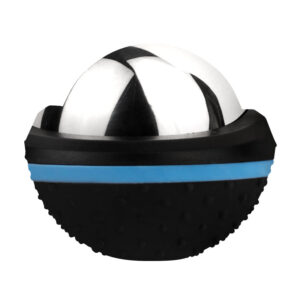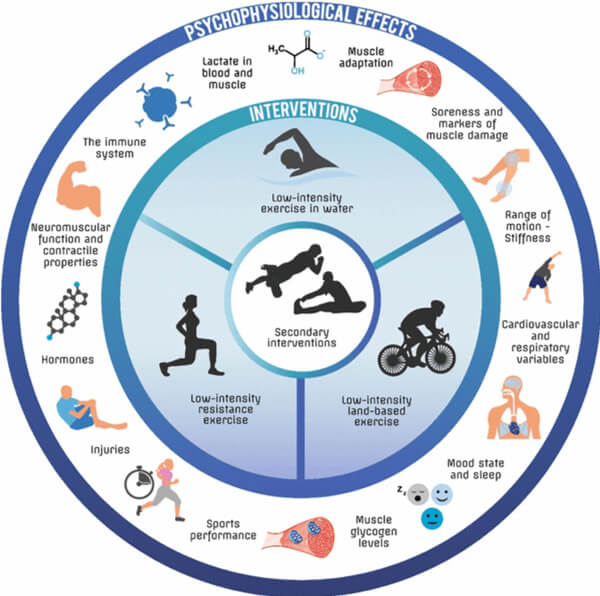
Recovery aims to restore the physiological (body) and psychological (mind) processes, so that you can compete or train again at a high level.
Statistics published by sport England in their annual report show that the average training session for the majority of exercising adults is between 50-75 minutes. So the other 22 to 23 hours of the day is when your body is ‘recovering’ and this is why it is important to recover properly after your training routine to maximise your performance outputs.
Products to help your recovery


Van Hooren and Peake (2018) created this amazing infographic, the positive impact recovery can have on the body after intense exercise.

Van Hooren B. & Peake J. (2018). Do We Need a Cool-Down After Exercise? A Narrative Review of the Psychophysiological Effects and the Effects on Performance, Injuries and the Long-Term Adaptive Response. Springer. Sports Medicine Vol 48 Pages 1575–1595
High-intensity exercise put large demands on the body, in particular the muscles and their energy systems. If your recovery is not managed correctly the degenerated muscle fibres will not heal fully and you will not be able to perform consistently to a high level (MacInnis M. & Gibala M.,2016). This muscle damage impairs the ability to transport blood glucose into the skeletal muscle cell for energy production. This in turn leads to a decreased capacity to replenish glycogen stores (Owens et al 2019). Skeletal muscle damage also leads to soreness and pain often referred to a delayed onset muscle soreness (DOMS).
Unless glycogen stores are sufficiently restored before the next exercise session your ability to perform will be greatly reduced (Naharudin et al 2019). Presently, many recovery approaches, techniques and interventions are used by athletes and runners. These include nutrition, active recovery, stretching, hydrotherapy, compression garments, sleep and massage. Some strategies are supported by robust scientific evidence, while others are under investigation and continue to be experimented (Dorman, 2012).
When it comes to your recovery, timing is everything, and it starts the moment you “cross the finish line”, especially if you have just completed a high endurance event. You have asked your body to work hard for hours, stopping suddenly, is a literal shock to the system. It will cause the muscles to seize up as the sudden reduction in activity and heart rate will hinder the removal of lactic acid and other waste products. In simple terms, it will lead to really, bad DOMS over the next 48-72hrs.
Products to help your recovery


 Cracking The Injury Risk Equation
Cracking The Injury Risk Equation
 LJMU Study Findings
LJMU Study Findings
 What are shin splints?
What are shin splints?
 How to treat shin splints [2021]
How to treat shin splints [2021]
No Thanks – I’ll pay full price
Close Window
Close Window